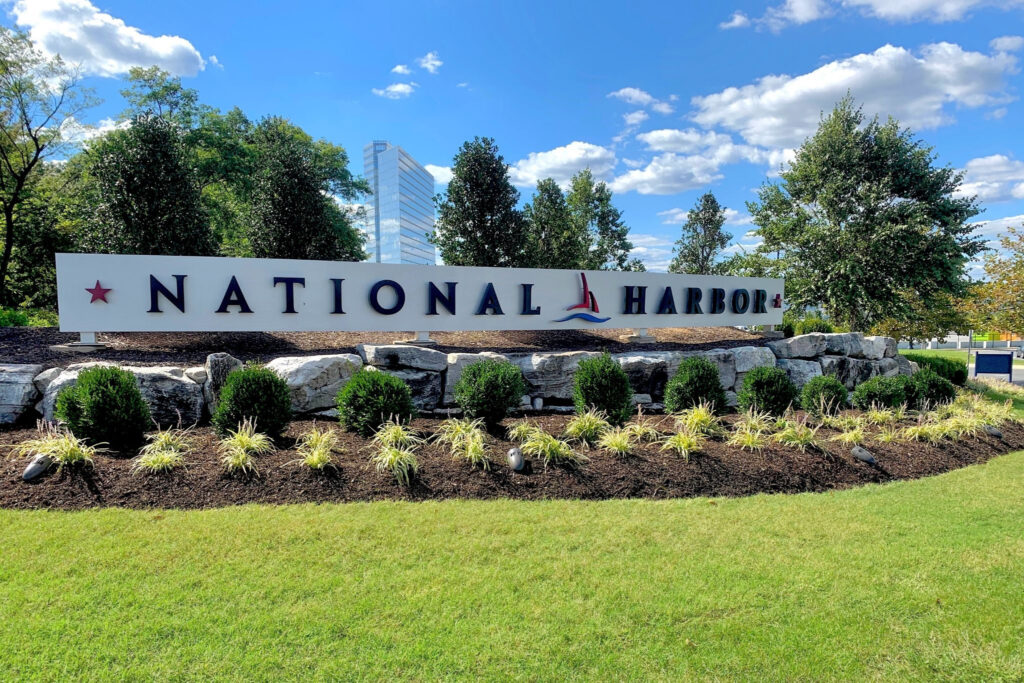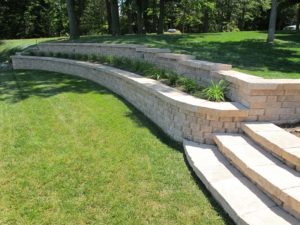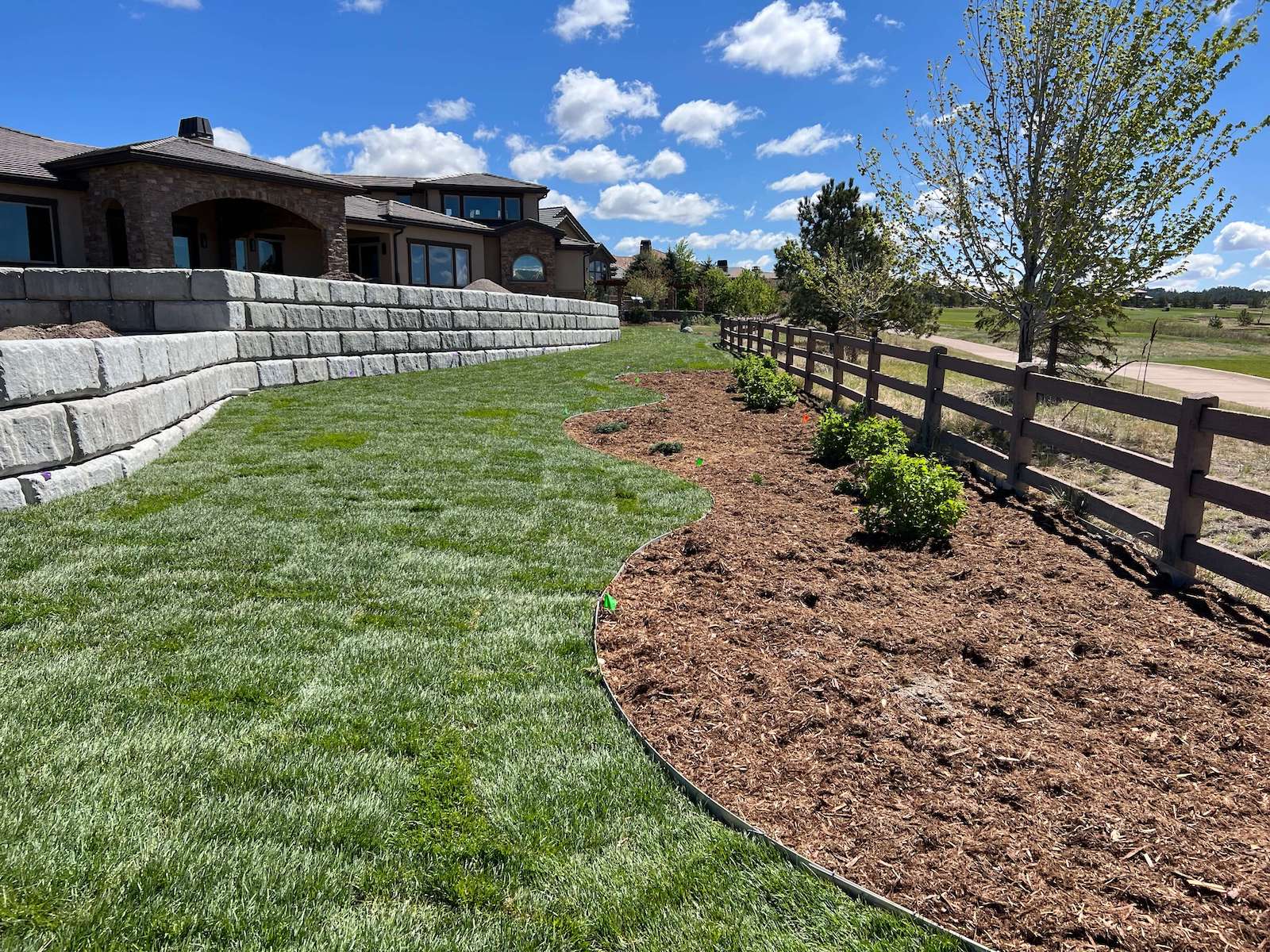All About Hilton Head Landscapes
All About Hilton Head Landscapes
Blog Article
Our Hilton Head Landscapes Statements
Table of ContentsOur Hilton Head Landscapes IdeasThe Best Guide To Hilton Head LandscapesExcitement About Hilton Head LandscapesOur Hilton Head Landscapes IdeasOur Hilton Head Landscapes DiariesThe Best Guide To Hilton Head LandscapesThe Single Strategy To Use For Hilton Head LandscapesThe 45-Second Trick For Hilton Head Landscapes
Type compatibility is likewise a significant part of unity in designone or 2 noticeably different types are excellent for comparison and focus, however generally all various other forms ought to have some resemblances for a combined appearance. Texture describes just how crude or great the surface area of the plant or hardscape product really feels and/or looks.
Instances of plants with rugged appearance include philodendrons, agaves, bromeliads, hollies, hands, and hydrangeas. Hardscape with crude appearance consists of rough-cut stone, rough-finished block, and incomplete wood with knots and an increased grain. Aged or old building product that maintains a weather-beaten surface is often rugged in appearance. Features that produce fine texture consist of little foliage; slim, strappy fallen leaves (turfs) or tall, thin stems; tiny, thick branches and little branches; long stems (vines); and small, fragile blossoms.
The 2-Minute Rule for Hilton Head Landscapes
Many plants are average texture, in that they can not be described as having either rugged or fine appearance. Medium-textured plants act as a background to link and combine the rugged- and fine-textured plants.

To make a room feel smaller, put the crude appearances along the external border and the fine structures closest to the visitor. The information of the crude texture makes the plants appear closer and makes the area really feel smaller sized. The regarded appearance of plants can likewise alter with the range from the plant.
8 Easy Facts About Hilton Head Landscapes Explained
Bold colors enhance the contrast and make the appearance appear coarser, while soft shades can squash structure. Hardscape with a rugged texturesuch as extremely rough rocks and strong, large timberstends to make all plant material show up more medium distinctive. Developers typically create a structure research study (Figure 8) on paper to help decide the arrangement of plant products.
Number 8. Appearance research. Shade in plant material and hardscape adds passion and selection to the landscape. Color is the most conspicuous component in the landscape and is generally the focus of most house owners; nevertheless, it is also one of the most momentary aspect, usually lasting just a few weeks a year for specific plants.
Some Known Questions About Hilton Head Landscapes.
A simple description of the color wheel includes the three key colors of red, blue, and yellow; the three additional shades (a mix of 2 primaries) of environment-friendly, orange, and violet; and 6 tertiary colors (a mix of one adjacent primary and secondary color), such as red-orange. Color theory describes the partnership of colors to every various other and just how they ought to be made use of in a composition.

Similar (occasionally called unified) color design are any type of 3 to 5 colors that are adjacent on the shade wheel, such as red, red-orange, orange, yellow-orange, and yellow, or blue, blue-violet, and violet (landscapers in bluffton sc). The colors relate per other because they normally consist of 2 key shades blended to create a second and two tertiary shades, which means they share common homes
Complementary colors are frequently found naturally in flowers; a common pair is yellow and violet. Color is located in the blossoms, vegetation, bark, and fruit of plants.
Indicators on Hilton Head Landscapes You Should Know
Environment-friendly vegetation in all its different shades is the leading color by amount, however other shades capture focus quicker as a result of their high contrast to the shade green. Shade is also discovered in structures, rocks, pavers, wood, and furnishings. Many colors in all-natural materials, such as rock and timber, are commonly soft and tend to be variations of brownish, tan, and pale yellow.
Shades have homes that can affect emotions, spatial assumption, light high quality, balance, and focus. Trendy shades have a tendency to be soothing and ought to be used in locations for relaxation and serenity.
Get This Report on Hilton Head Landscapes
Amazing shades tend to decline and are regarded as being further away, making a room feel bigger. Shade can likewise be used to capture attention and direct views.
For instance, intense yellow, which has the highest possible intensity, also has a high contrast with all various other colors (frequently referred to as a "pop" of shade) and must be conserved. A percentage of extreme color has as much visual weight as a large amount of a more suppressed or weaker color.
Analogous (often called harmonious) color pattern are any 3 to 5 shades that are nearby on the color wheel, such as red, red-orange, orange, yellow-orange, and yellow, or blue, blue-violet, and violet. The colors are associated to each other since they normally include 2 main colors blended view to develop an additional and two tertiary shades, which indicates they share common buildings.
Some Ideas on Hilton Head Landscapes You Should Know
They often tend to have high comparison in between them. The most common collections are violet and yellow, red and eco-friendly, and blue and orange. Complementary shades are typically located normally in blossoms; a typical set is yellow and violet. Shade is found in the flowers, foliage, bark, and fruit of plants.
Green vegetation in all its various shades is the dominant shade by amount, however other shades catch focus extra readily as a result of their high contrast to the color environment-friendly - landscaping hilton head sc - https://www.provenexpert.com/steven-gonzales/?mode=preview. Shade is additionally located in buildings, rocks, pavers, wood, and furnishings. Many shades in natural materials, such as stone and wood, are generally low-key and often tend to be variations of brown, tan, and light yellow
What Does Hilton Head Landscapes Mean?
Shade is a crucial aspect for producing rate of interest and variety in the landscape. Colors have residential or commercial properties that can impact feelings, spatial assumption, light quality, equilibrium, and emphasis. One home of color is defined family member to temperaturecolors show up to be amazing or warm and can affect feelings or feelings. Great colors often tend to be soothing and must be used in locations for relaxation and peacefulness.
The "temperature level" of colors can additionally impact the perception of range. Awesome shades often tend to decline and are viewed as being further away, making an area really feel bigger. Warm shades often tend to advancement and are regarded as being better, making a space really feel smaller. Shade can also be utilized to capture interest and direct views.
As an example, bright yellow, which has the highest possible strength, likewise has a high comparison with all various other shades (usually called a "pop" of color) and must be conserved. A percentage of intense color has as much visual weight as a large amount of a more controlled or weak shade.
Report this page